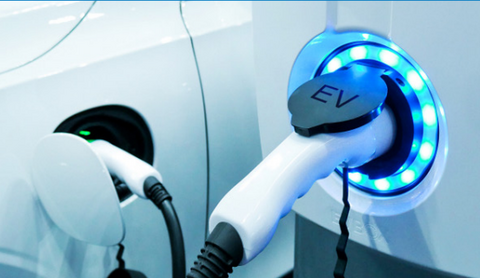
Subscribe to our newsletters
Alcom electronics appreciates the potential business relationship between our parties. Thank you! We want to make sure we address only the mailings that are valuable to you.
This browser is not fully supported.
This website uses cookies to provide you with a better visitor experience. Select here which type of cookies you allow.

Alcom electronics appreciates the potential business relationship between our parties. Thank you! We want to make sure we address only the mailings that are valuable to you.
The need for a fast charging and reliable source of portable energy storage has grown dramatically through the proliferation of electrification in recent years. This session outlines the key differences between supercapacitors and batteries in terms of construction, specifications, capabilities, and applications.
How do supercapacitors work?
The working principle of supercapacitors is similar to that of standard capacitors. Basic capacitors store energy between two conducting plates or electrodes, separated by a non-conducting region or a dielectric. Supercapacitors store charges at the interface between an electrode and an electrolytic solution which creates a capacitor at each electrode. A supercapacitor essentially bridges the gap between a battery and a capacitor. Furthermore, supercapacitors exhibit much faster charging and discharging speeds than a battery while storing much more charge than an electrolytic capacitor.

Eaton is a world leading power management company providing energy-efficient solutions to enable effectively management of electrical, hydraulic and mechanical power systems, safely and sustainably.
